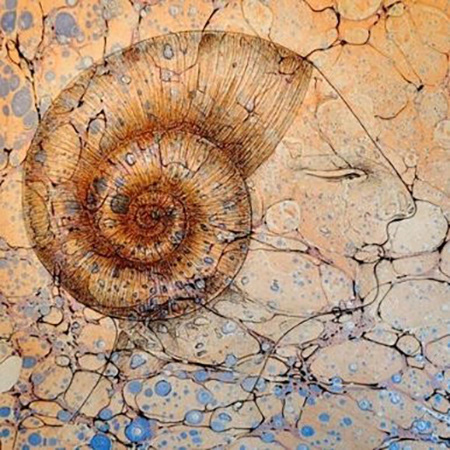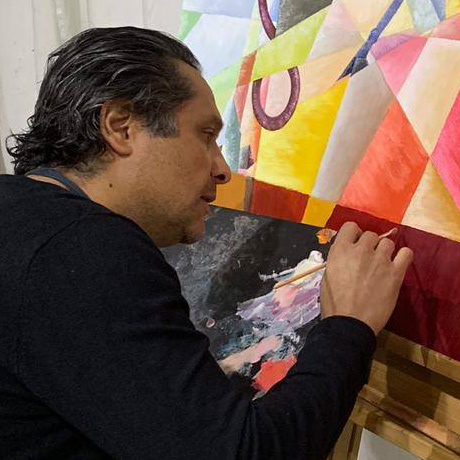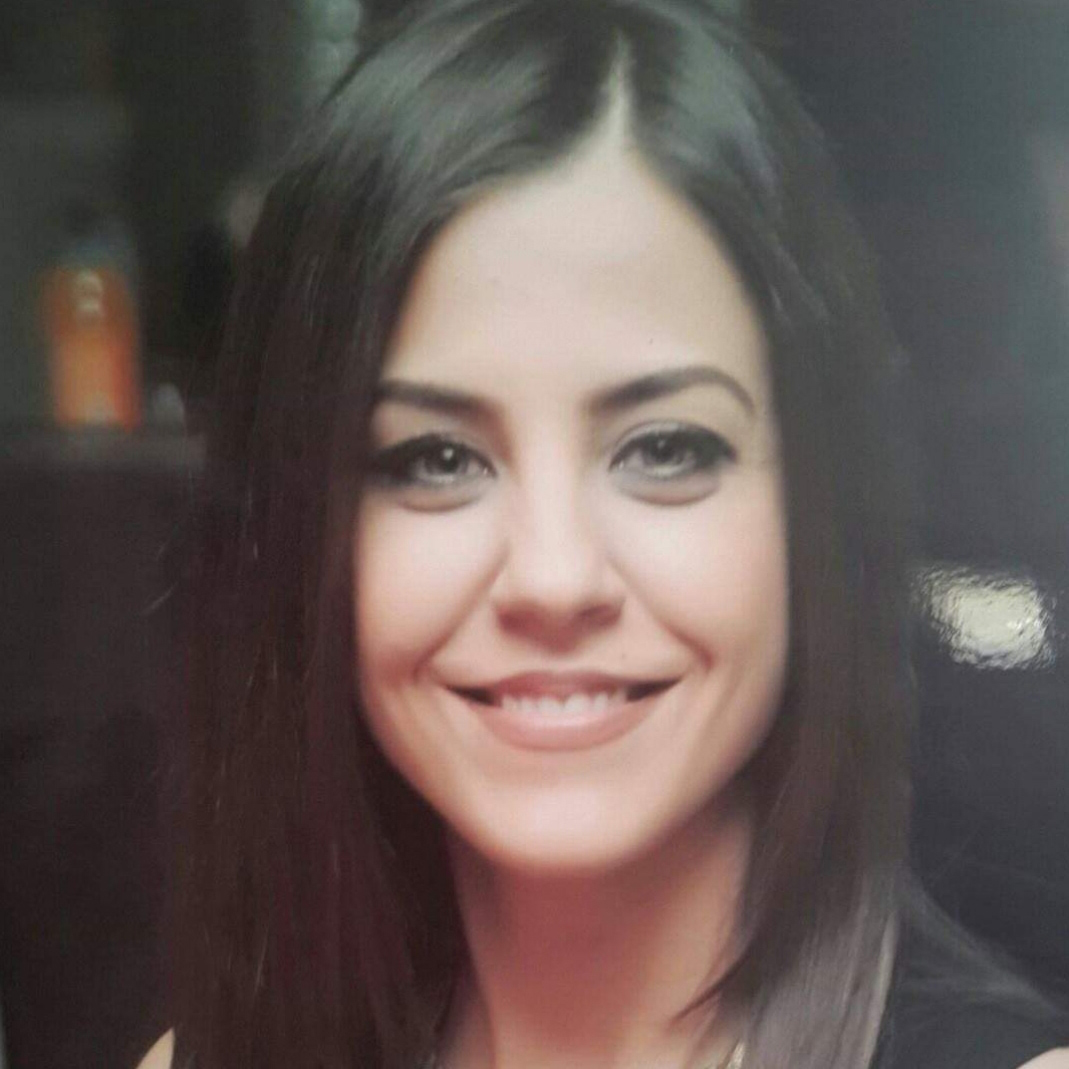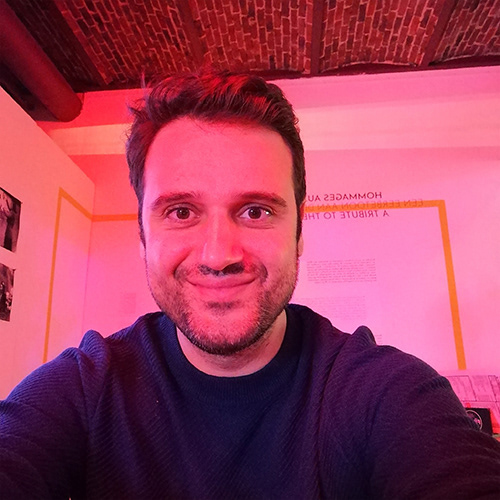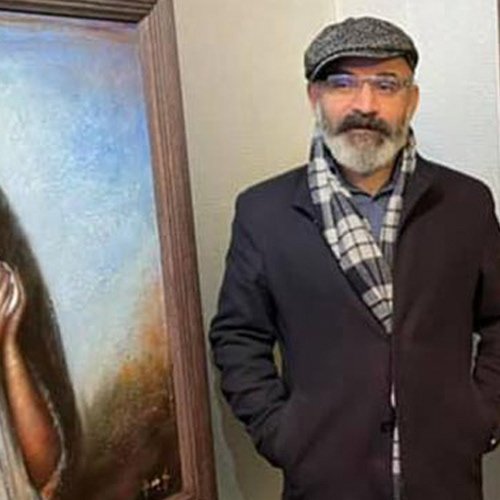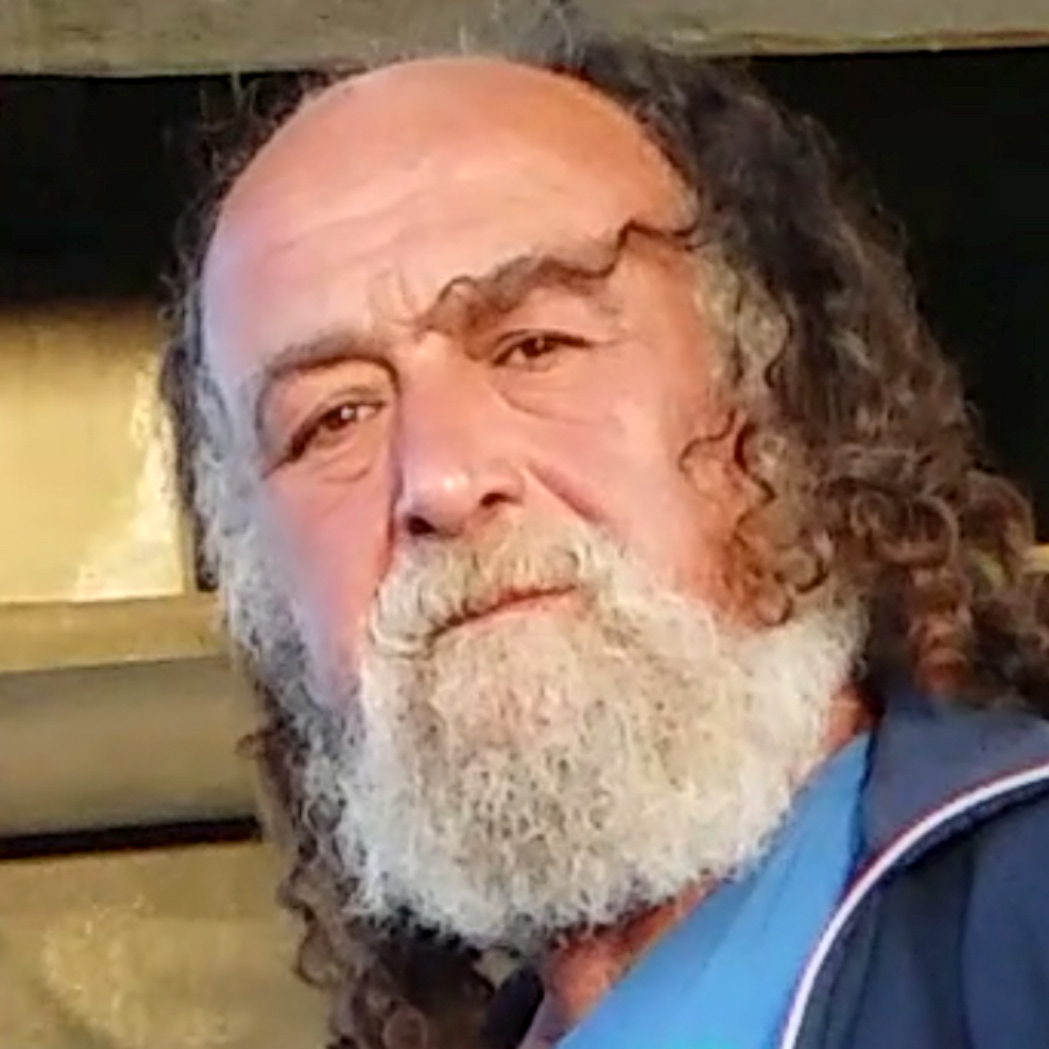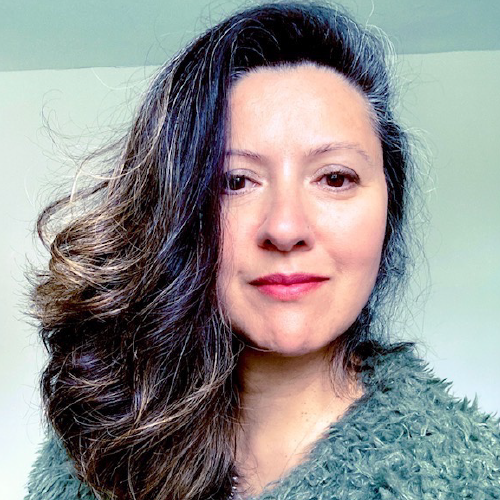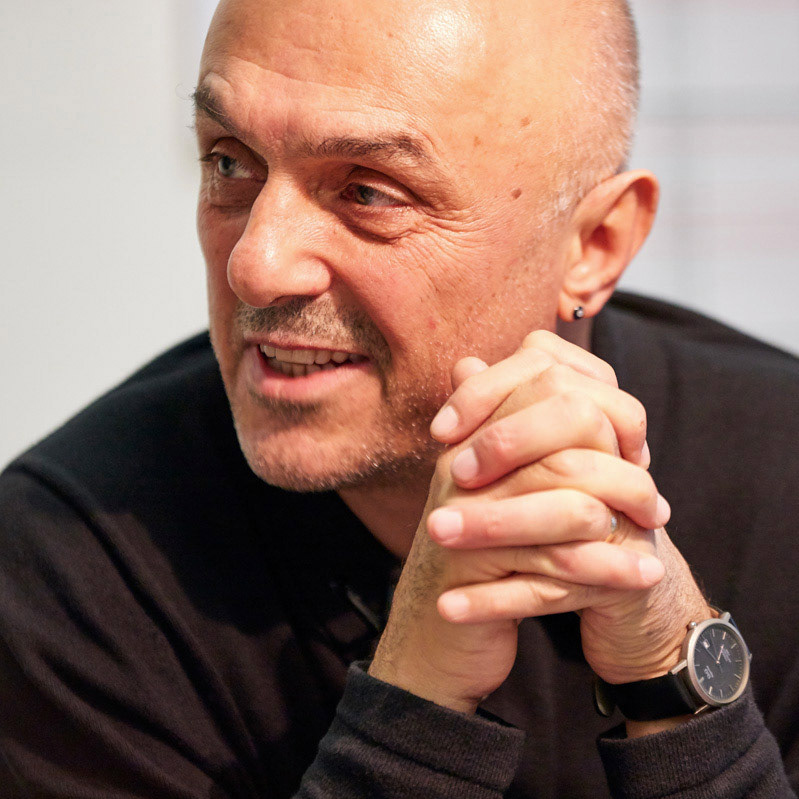Painter based in the Netherlands
ABOUT THE ARTIST
Ilhan Yildirim was born in 1972 in a small mountain village in eastern Anatolia. The region in which he spent his childhood was like an open-air gallery, which ignited the flames of the art that will burn inside him for the rest of his life.
Ilhan got interested in art in his early childhood. He started doing charcoal drawings and writing poems when he was ten years old. His early work first got the attention of the locals. At this young age, he started making portraits and animal figures for his neighbors. This attention to his work and the recognition further encouraged him to get involved in arts and further improve himself.
In 1981, as a child who lived in a mountain village in Turkery, he was destined to go to big city for secondary education. The city was where he met libraries with large collections and art books. He started reading the lives of great artists and admired their work. This was also the year that he met the TV and watched a documentary about the life of Vincent van Gogh, which affected him deeply.
All these events were increasing his interest in art day by day and pulling him towards new path. In 1989, the destiny had drawn him a path towards his ideals and brought him to the Netherlands, the homeland of the great artists like Van Gogh and Rembrandt. In the Netherlands, he started his first professional oil paintings in his small hostel room. In 1993, he opened his first personal exhibit at Home Art Gallery at the age of 21.
In 1994, he joined to The Hague Center for Visual Arts. Same year, he was awarded with a fellowship by the municipality of the city of The Hague for pursuing an art carrier for five years and he was also granted an art studio. In 1997, he was granted permanent Dutch residency by the Ministry of Culture and he acquired Dutch citizenship.
He created his two original series named ‘lonely man’ and ‘lonely tree’, which consisted around twenty paintings at his art studio on the Ruysdaelstraat. These pieces appeared in several newspapers and art magazines at the time and several critics praised his work. Copy right of five of these paintings were assigned to the International Graphics Walmsley GmbH in Germany and tens of thousands of copies of them were reproduced in the form of posters and postcards.
In early 2005, he started moving away from figurative work towards abstract painting. In his own words, ‘Once I had recognized the profoundness of the abstract, I was no longer able to do figurative paintings’. This impression finally had him completely lose his interest in figurative work and put him on a pursuit for a new abstract technique.
This quest took seven years and after several ‘failed’ attempts, he finally found what he was looking for. With this novel technique, he grabbed the brush more enthusiastically than ever before and started working on abstract paintings.
Yildirim’s work clearly exhibits that there is no room for imitation in his sense of art. He has always strived for novelty and for creating his own signature and line. Either by his early figurative work or by his late abstract work, he has always been considered as an original artist by art enthusiasts. In the art exhibits and art fairs that he took place, he has frequently received comments from visitors within this direction. During the past four years, with the novel technique he developed, he created his own line of abstract painting and his work has been receiving significant attention from art enthusiasts.
He currently continues his work in his studio located in The Hague. During the past decades he has displayed his work in several national and international art exhibits. Yildirim says that this novel technique he has developed has a great potential and he believes that if he can employ all this potential, he can create significant work.
The artist usually combines oil painting and acrylic in his art work. After reinforcing the canvas with gesso, he applies a layer of acrylic and then he implements his own technique with oil painting. Through multilayer painting, he applies selected shapes and elements with colors to the canvas. He achieves the best color combinations and transitions with this technique. Thanks to this novel technique that he uses, the entire painting displays itself as a living object.
Outstanding features of Yildirim’s paintings are, transition of colors from lighter tones to darker shades, micro-scale appearance of displayed objects, harmony of color combinations, light, shade and depth. The dominance of yellow, blue, brown, orange, purple and blue can be immediately noticed in his paintings. In his work, these colors appear as the features of displayed objects rather than appearing as the color of the paint used.
The work of the artist frequently appears in two forms. In one form, rods of different sizes either appear as an unordered stationary pile or they appear as if they are dynamically moving from one point to another. In the other form of paintings, thick wooden pillars appear as monuments.
The work of the artist frequently appears in two forms. In one form, rods of different sizes either appear as an unordered stationary pile or they appear as if they are dynamically moving from one point to another. In the other form of paintings, thick wooden pillars appear as monuments.
However, all his paintings seem to have the same ‘DNA’. They look like as if they are living organisms, which have all been originated from the same single cell. And this way, artist is immortalising his work through his creativity and aesthetic.

